Explore a Virtual Issue from GBE covering Genomic Innovations in Extremophiles as part of the 40th anniversary celebration.
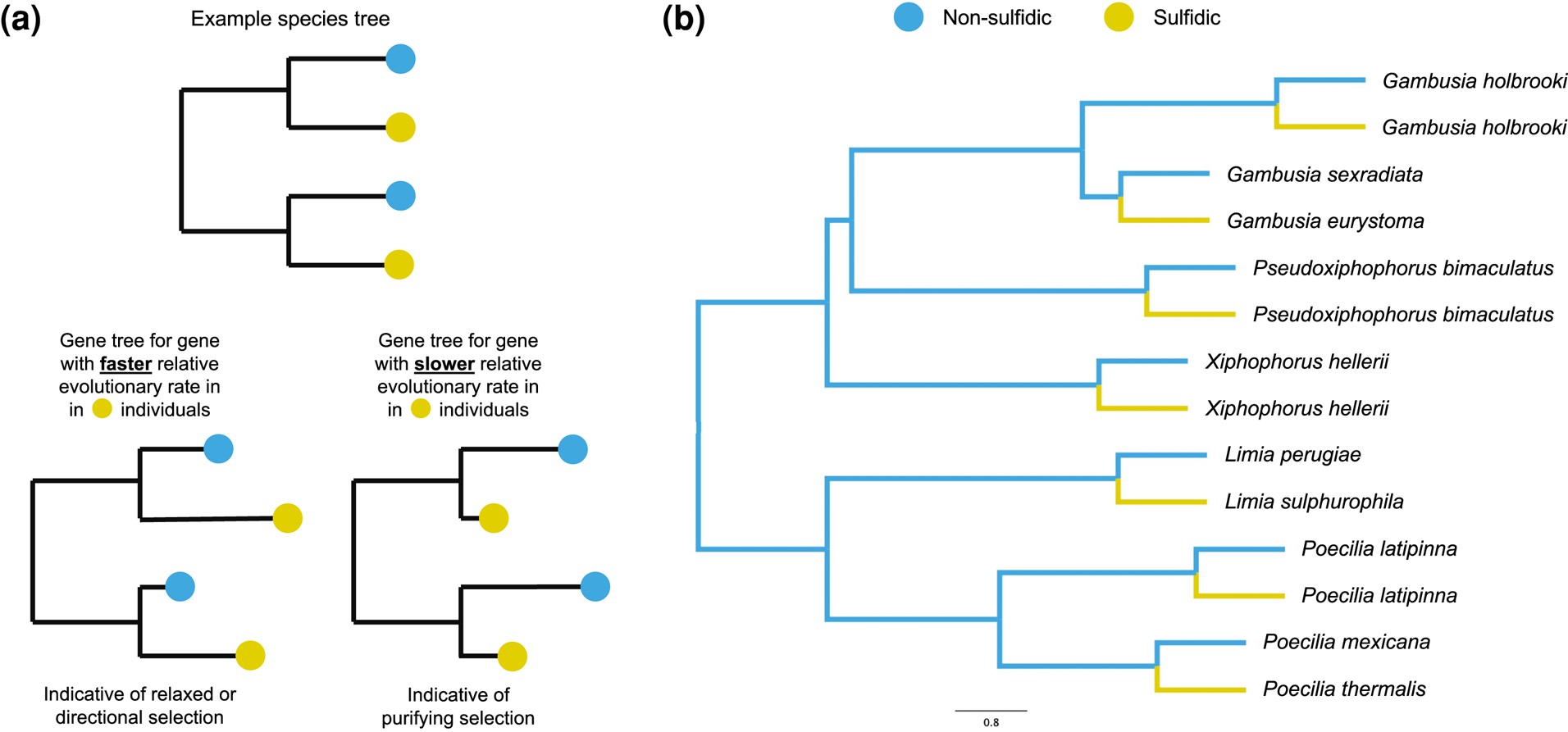 Adaptation to extreme environments often involves the evolution of dramatic physiological changes. To better understand how organisms evolve these complex phenotypic changes, the repeatability and predictability of evolution, and possible constraints on adapting to an extreme environment, it is ...
Adaptation to extreme environments often involves the evolution of dramatic physiological changes. To better understand how organisms evolve these complex phenotypic changes, the repeatability and predictability of evolution, and possible constraints on adapting to an extreme environment, it is ...
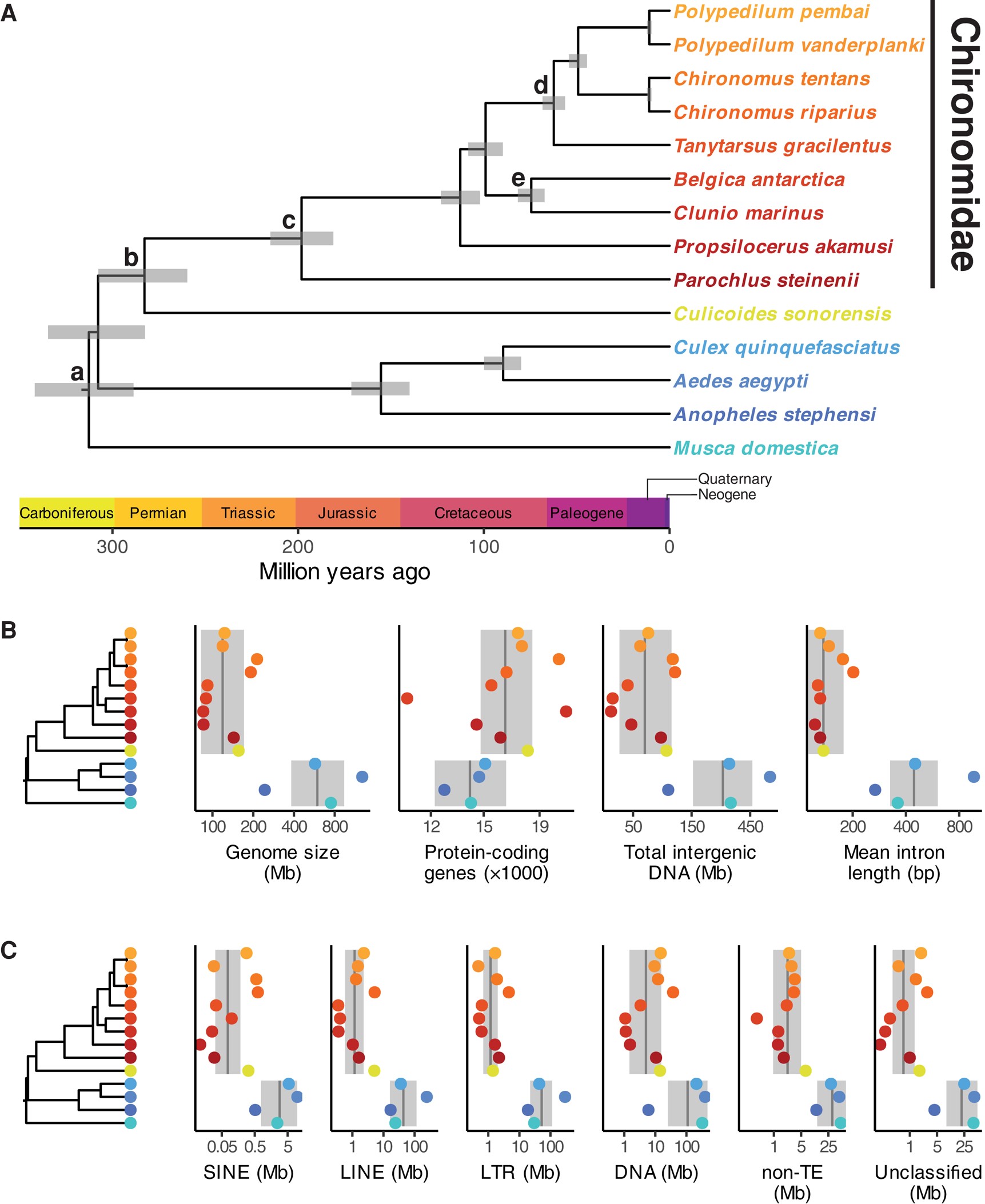 Nonbiting midges (family Chironomidae) are found throughout the world in a diverse array of aquatic and terrestrial habitats, can often tolerate harsh conditions such as hypoxia or desiccation, and have consistently compact genomes. Yet we know little about the shared molecular basis for these ...
Nonbiting midges (family Chironomidae) are found throughout the world in a diverse array of aquatic and terrestrial habitats, can often tolerate harsh conditions such as hypoxia or desiccation, and have consistently compact genomes. Yet we know little about the shared molecular basis for these ...
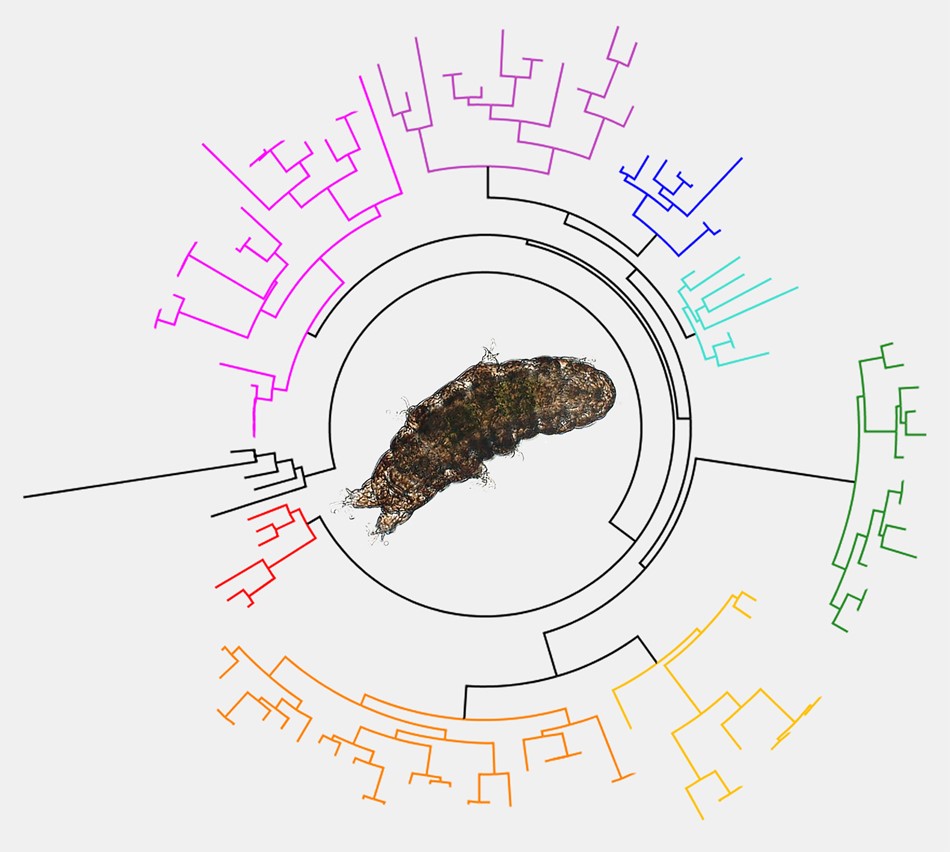 Tardigrades may be nature's ultimate survivors. While these tiny, nearly translucent animals are easily overlooked, they represent a diverse group that has successfully colonized freshwater, marine, and terrestrial environments on every continent, including Antarctica. Commonly known as “water ...
Tardigrades may be nature's ultimate survivors. While these tiny, nearly translucent animals are easily overlooked, they represent a diverse group that has successfully colonized freshwater, marine, and terrestrial environments on every continent, including Antarctica. Commonly known as “water ...
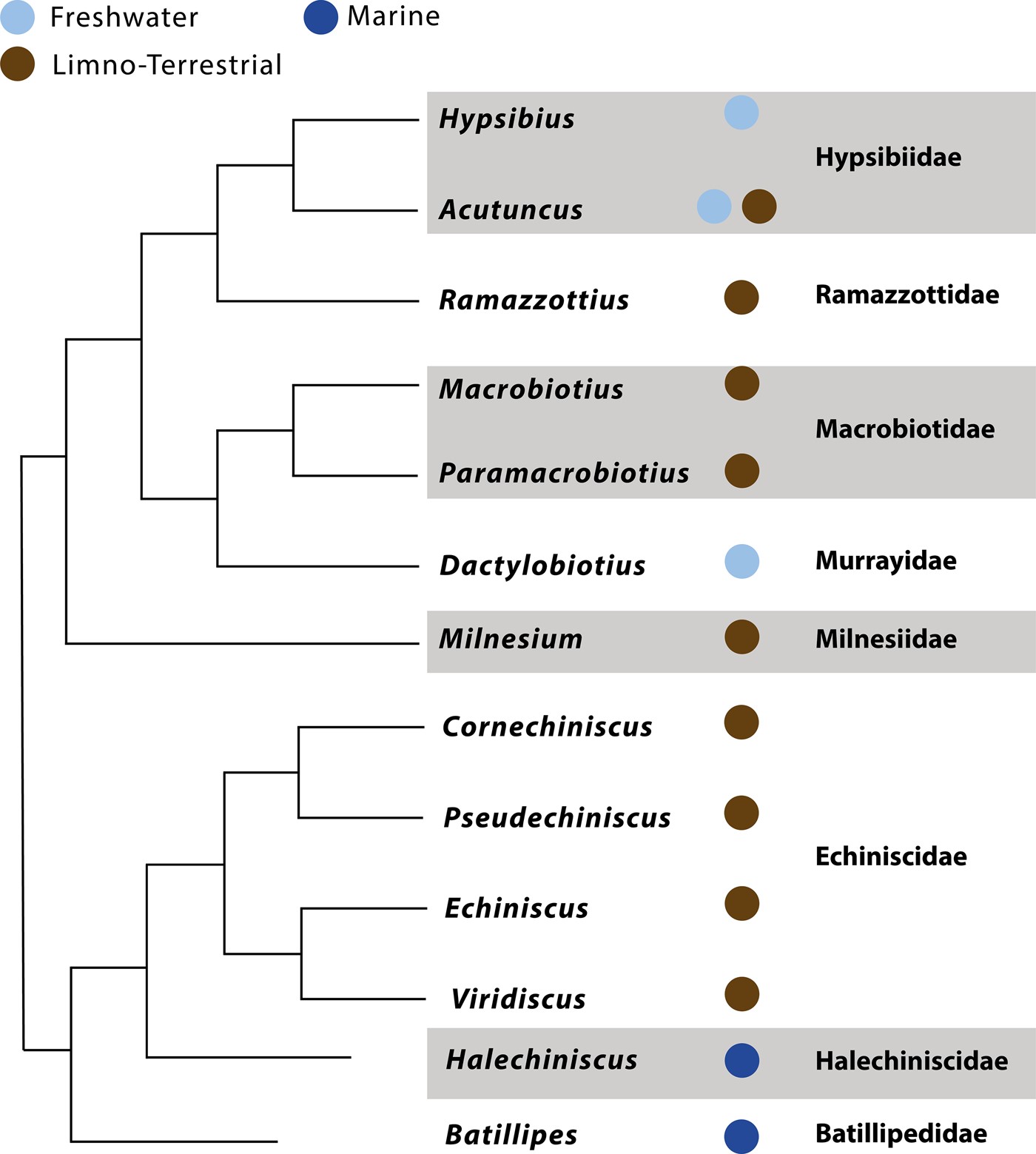 Tardigrada is an ecdysozoan lineage famed for its resilience. Tardigrades can tolerate high doses of radiation, low-oxygen environments, desiccation, and both high and low temperatures under a dormant state called “anhydrobiosis”, which is a reversible halt of metabolism upon almost complete ...
Tardigrada is an ecdysozoan lineage famed for its resilience. Tardigrades can tolerate high doses of radiation, low-oxygen environments, desiccation, and both high and low temperatures under a dormant state called “anhydrobiosis”, which is a reversible halt of metabolism upon almost complete ...
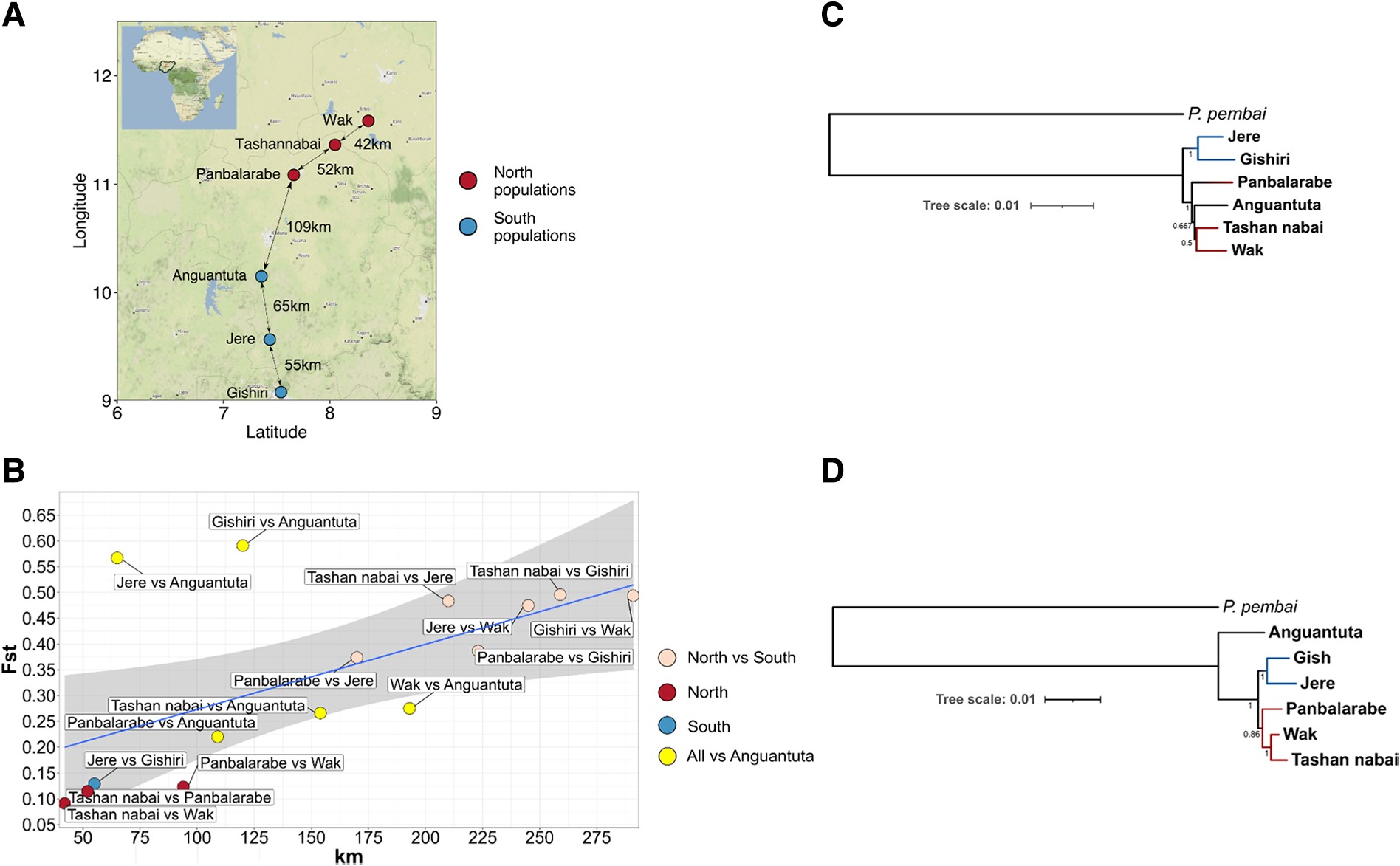 The sleeping chironomid Polypedilum vanderplanki is capable of anhydrobiosis, a striking example of adaptation to extreme desiccation. Tolerance to complete desiccation in this species is associated with emergence of multiple paralogs of protective genes. One of the gene families highly expressed ...
The sleeping chironomid Polypedilum vanderplanki is capable of anhydrobiosis, a striking example of adaptation to extreme desiccation. Tolerance to complete desiccation in this species is associated with emergence of multiple paralogs of protective genes. One of the gene families highly expressed ...
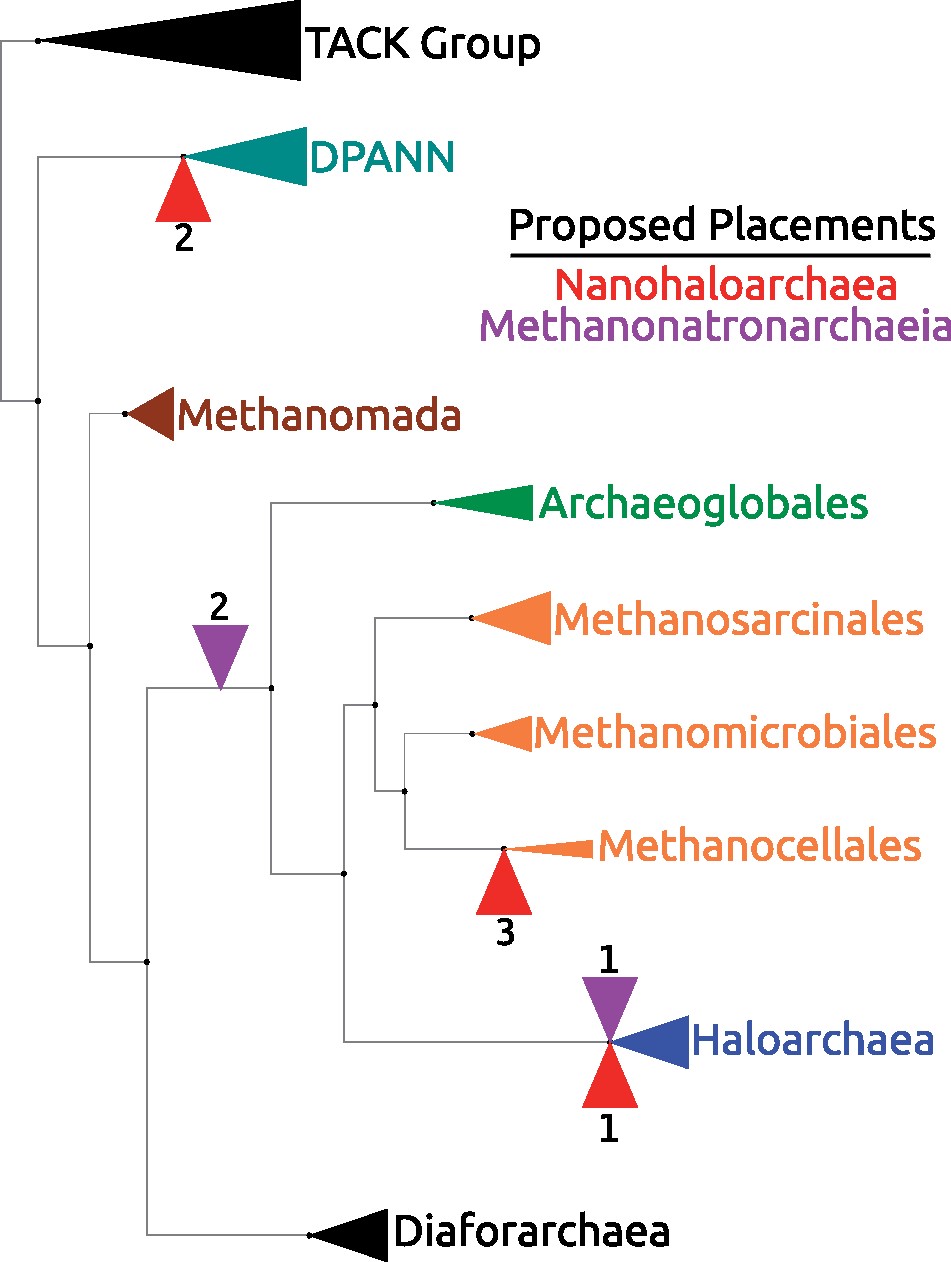 Interest and controversy surrounding the evolutionary origins of extremely halophilic Archaea has increased in recent years, due to the discovery and characterization of the Nanohaloarchaea and the Methanonatronarchaeia. Initial attempts in explaining the evolutionary placement of the two new ...
Interest and controversy surrounding the evolutionary origins of extremely halophilic Archaea has increased in recent years, due to the discovery and characterization of the Nanohaloarchaea and the Methanonatronarchaeia. Initial attempts in explaining the evolutionary placement of the two new ...
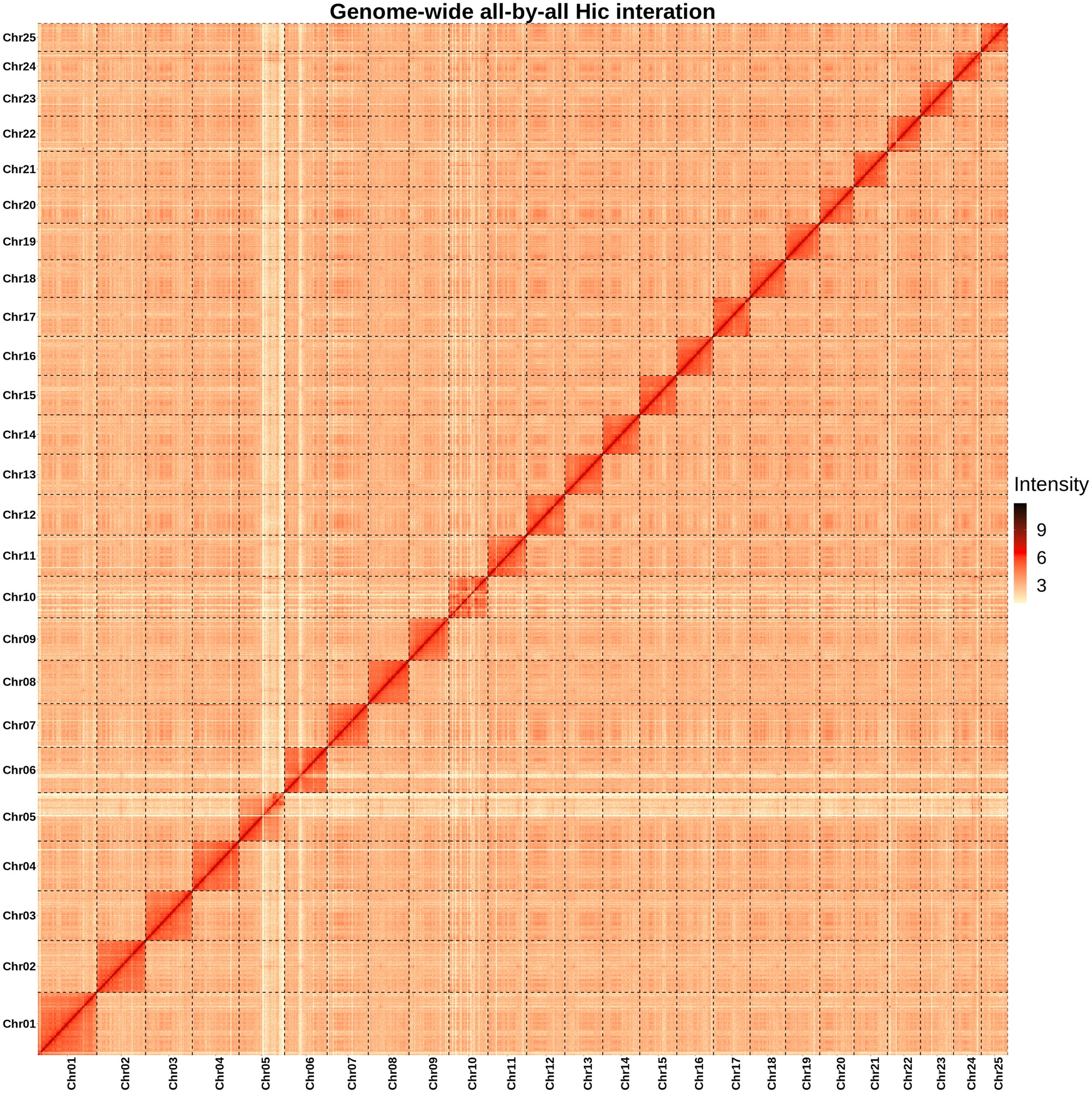 Lake Dali Nur, located in Inner Mongolia, North China, is alkaline, with Triplophysa dalaica one of the three fish species that not only survive, but thrive, in the lake. To investigate the presence of molecular mutations potentially responsible for this adaptation, the whole-genome sequence of the ...
Lake Dali Nur, located in Inner Mongolia, North China, is alkaline, with Triplophysa dalaica one of the three fish species that not only survive, but thrive, in the lake. To investigate the presence of molecular mutations potentially responsible for this adaptation, the whole-genome sequence of the ...
 Inorganic arsenic (As) is a toxic xenobiotic and carcinogen associated with severe health conditions. The urban population from the Atacama Desert in northern Chile was exposed to extremely high As levels (up to 600 µg/l) in drinking water between 1958 and 1971, leading to increased incidence of ...
Inorganic arsenic (As) is a toxic xenobiotic and carcinogen associated with severe health conditions. The urban population from the Atacama Desert in northern Chile was exposed to extremely high As levels (up to 600 µg/l) in drinking water between 1958 and 1971, leading to increased incidence of ...
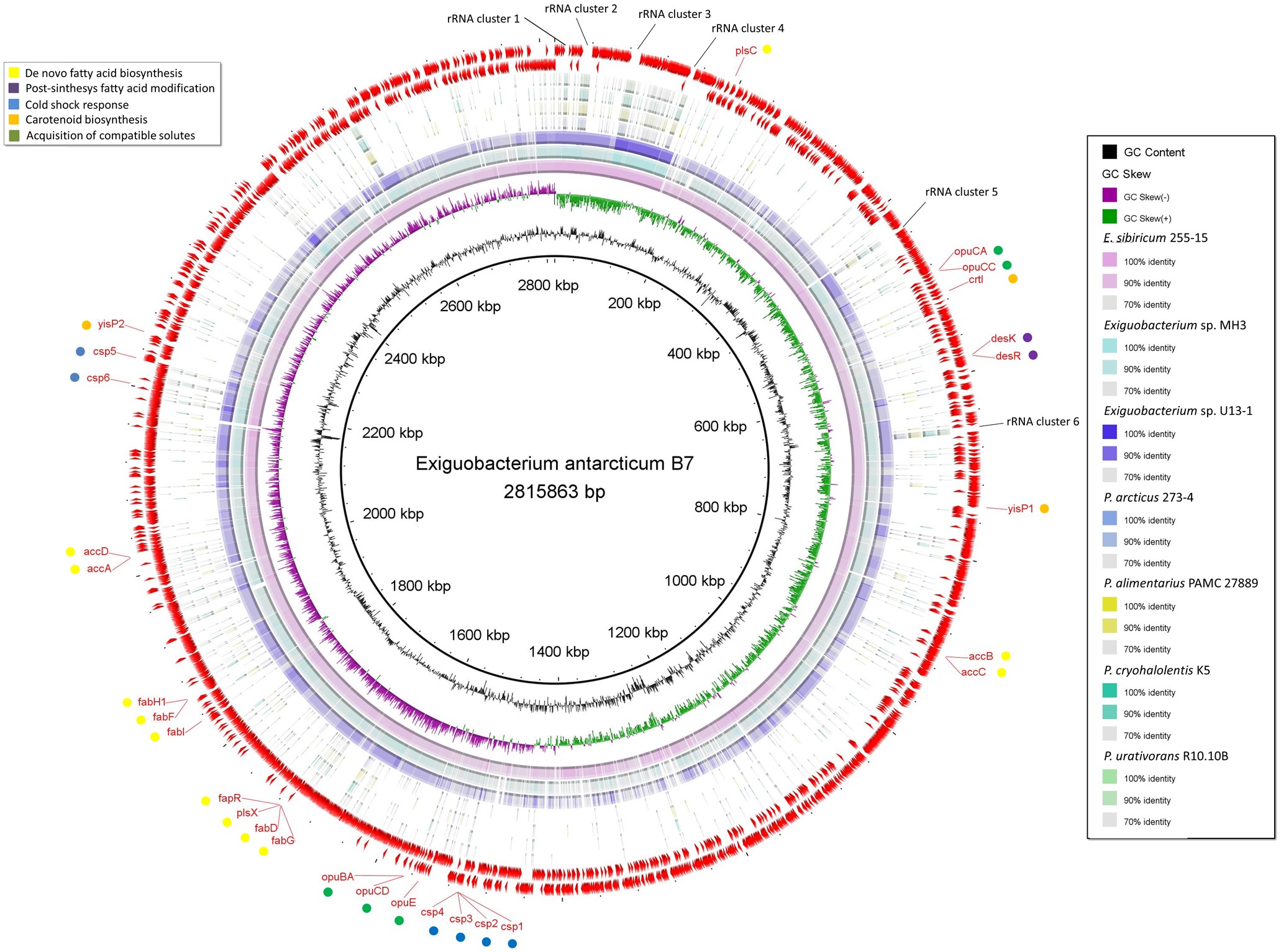 Exiguobacterium and Psychrobacter are bacterial genera with several cold-adapted species. These extremophiles are commonly isolated from the same habitats in Earth’s cryosphere and have great ecological and biotechnological relevance. Thus, through comparative genomic analyses, it was possible to ...
Exiguobacterium and Psychrobacter are bacterial genera with several cold-adapted species. These extremophiles are commonly isolated from the same habitats in Earth’s cryosphere and have great ecological and biotechnological relevance. Thus, through comparative genomic analyses, it was possible to ...
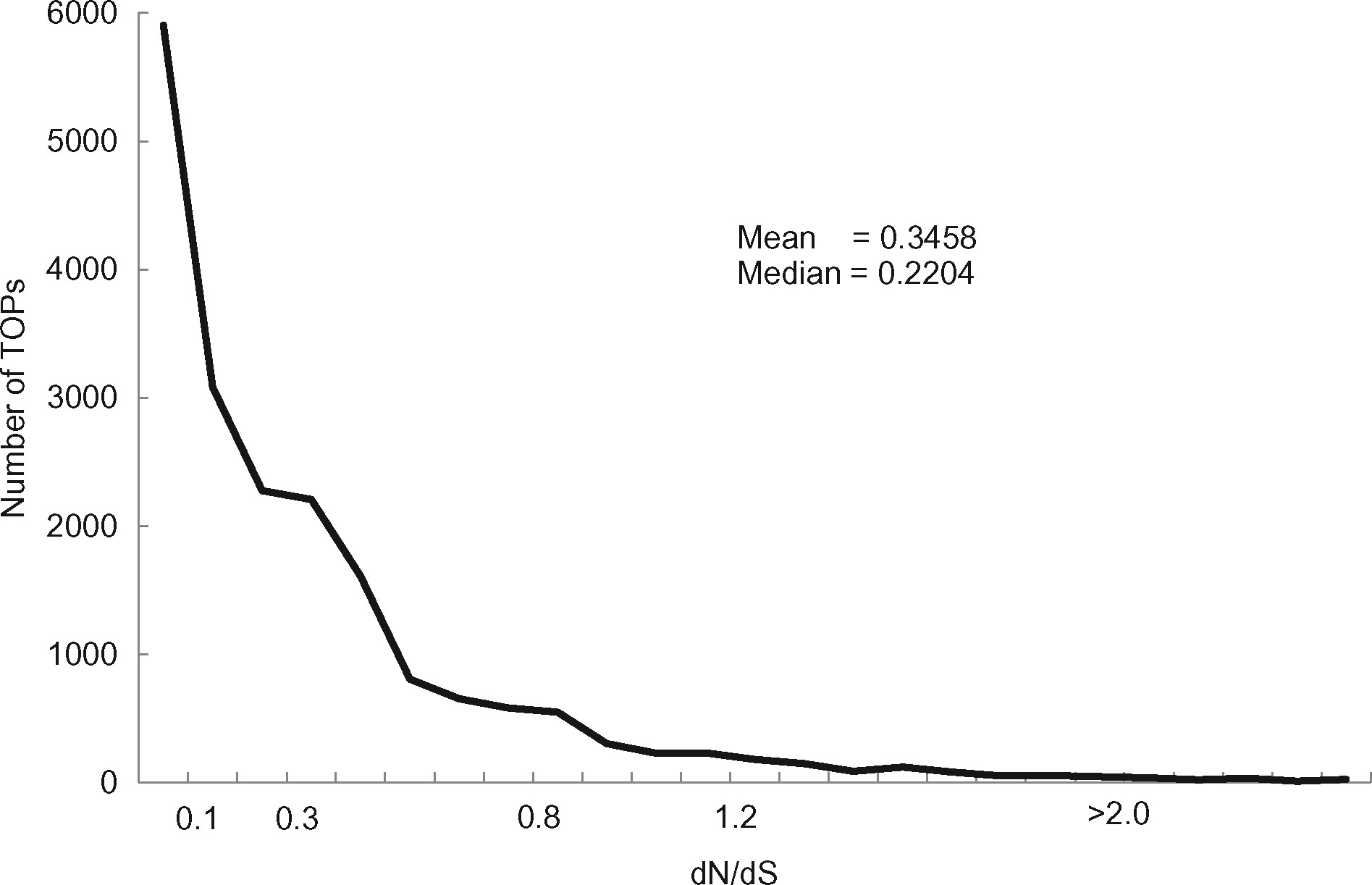 Plants on serpentine soils provide extreme examples of adaptation to environment, and thus offer excellent models for the study of evolution at the molecular and genomic level. Serpentine outcrops are derived from ultramafic rock and have extremely low levels of essential plant nutrients (e.g., N, ...
Plants on serpentine soils provide extreme examples of adaptation to environment, and thus offer excellent models for the study of evolution at the molecular and genomic level. Serpentine outcrops are derived from ultramafic rock and have extremely low levels of essential plant nutrients (e.g., N, ...
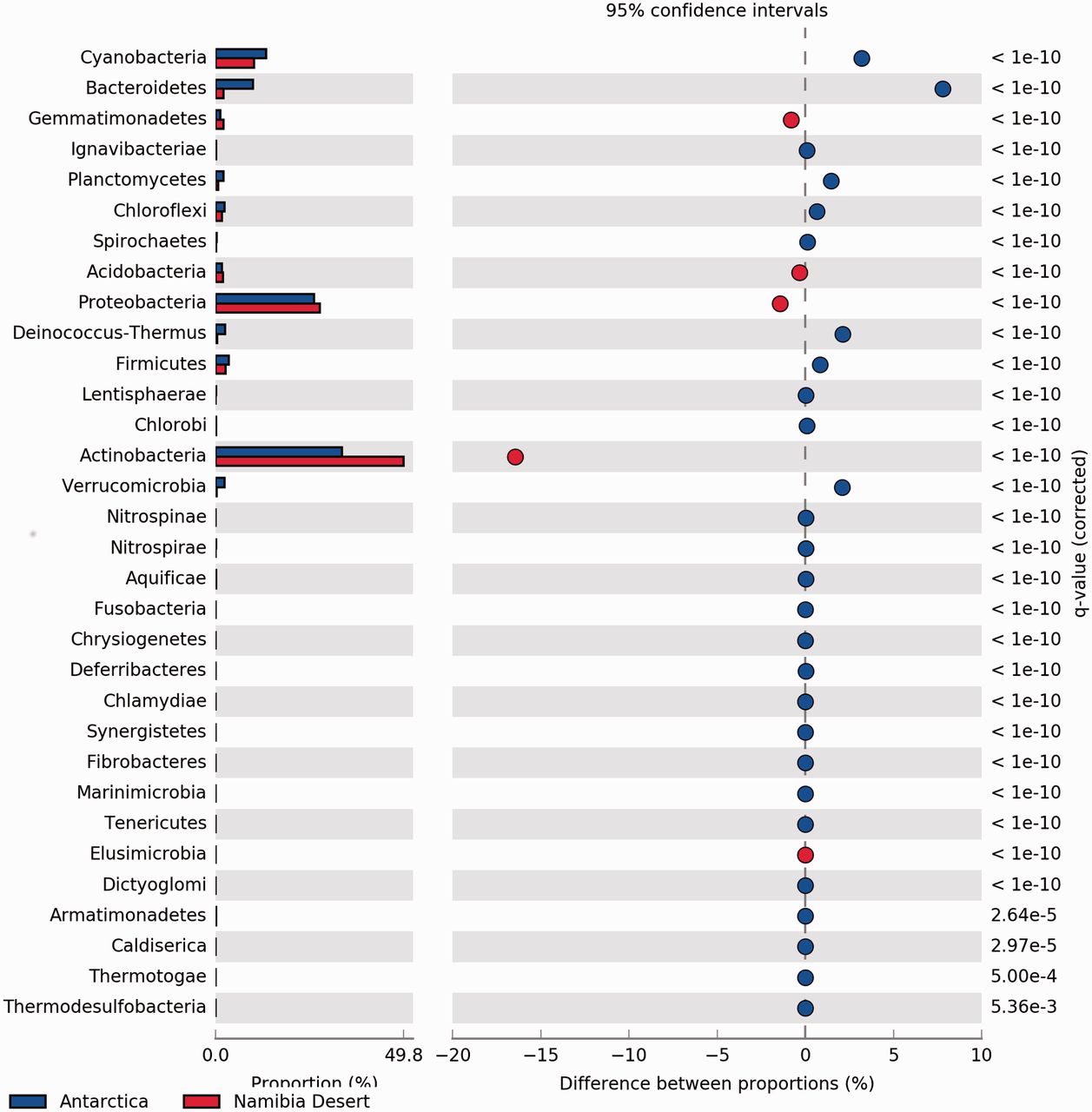 Understanding microbial adaptation to environmental stressors is crucial for interpreting broader ecological patterns. In the most extreme hot and cold deserts, cryptic niche communities are thought to play key roles in ecosystem processes and represent excellent model systems for investigating ...
Understanding microbial adaptation to environmental stressors is crucial for interpreting broader ecological patterns. In the most extreme hot and cold deserts, cryptic niche communities are thought to play key roles in ecosystem processes and represent excellent model systems for investigating ...
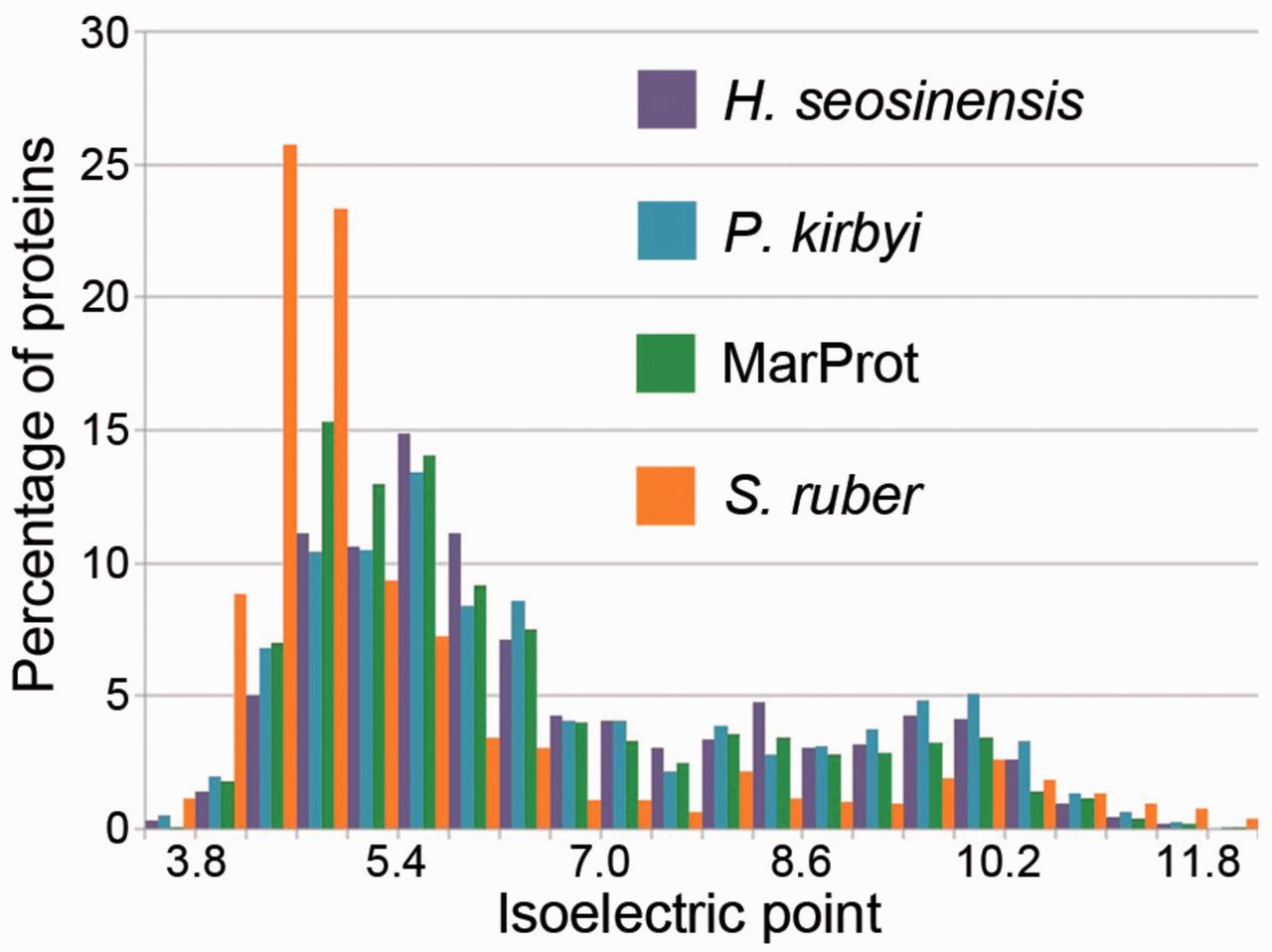 Halophilic microbes living in hypersaline environments must counteract the detrimental effects of low water activity and salt interference. Some halophilic prokaryotes equilibrate their intracellular osmotic strength with the extracellular milieu by importing inorganic solutes, mainly potassium. ...
Halophilic microbes living in hypersaline environments must counteract the detrimental effects of low water activity and salt interference. Some halophilic prokaryotes equilibrate their intracellular osmotic strength with the extracellular milieu by importing inorganic solutes, mainly potassium. ...
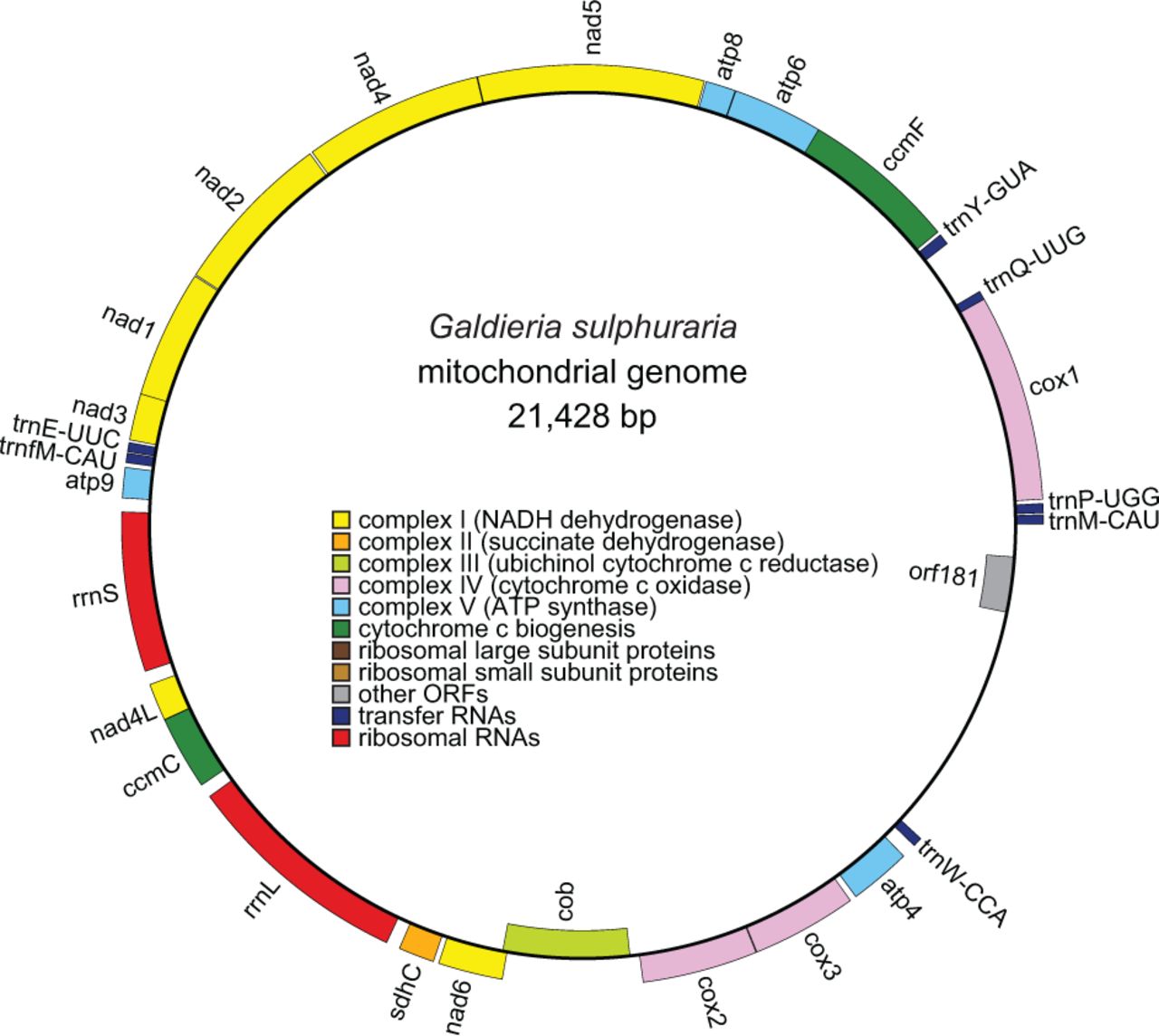 Nuclear genome sequencing from extremophilic eukaryotes has revealed clues about the mechanisms of adaptation to extreme environments, but the functional consequences of extremophily on organellar genomes are unknown. To address this issue, we assembled the mitochondrial and plastid genomes from a ...
Nuclear genome sequencing from extremophilic eukaryotes has revealed clues about the mechanisms of adaptation to extreme environments, but the functional consequences of extremophily on organellar genomes are unknown. To address this issue, we assembled the mitochondrial and plastid genomes from a ...
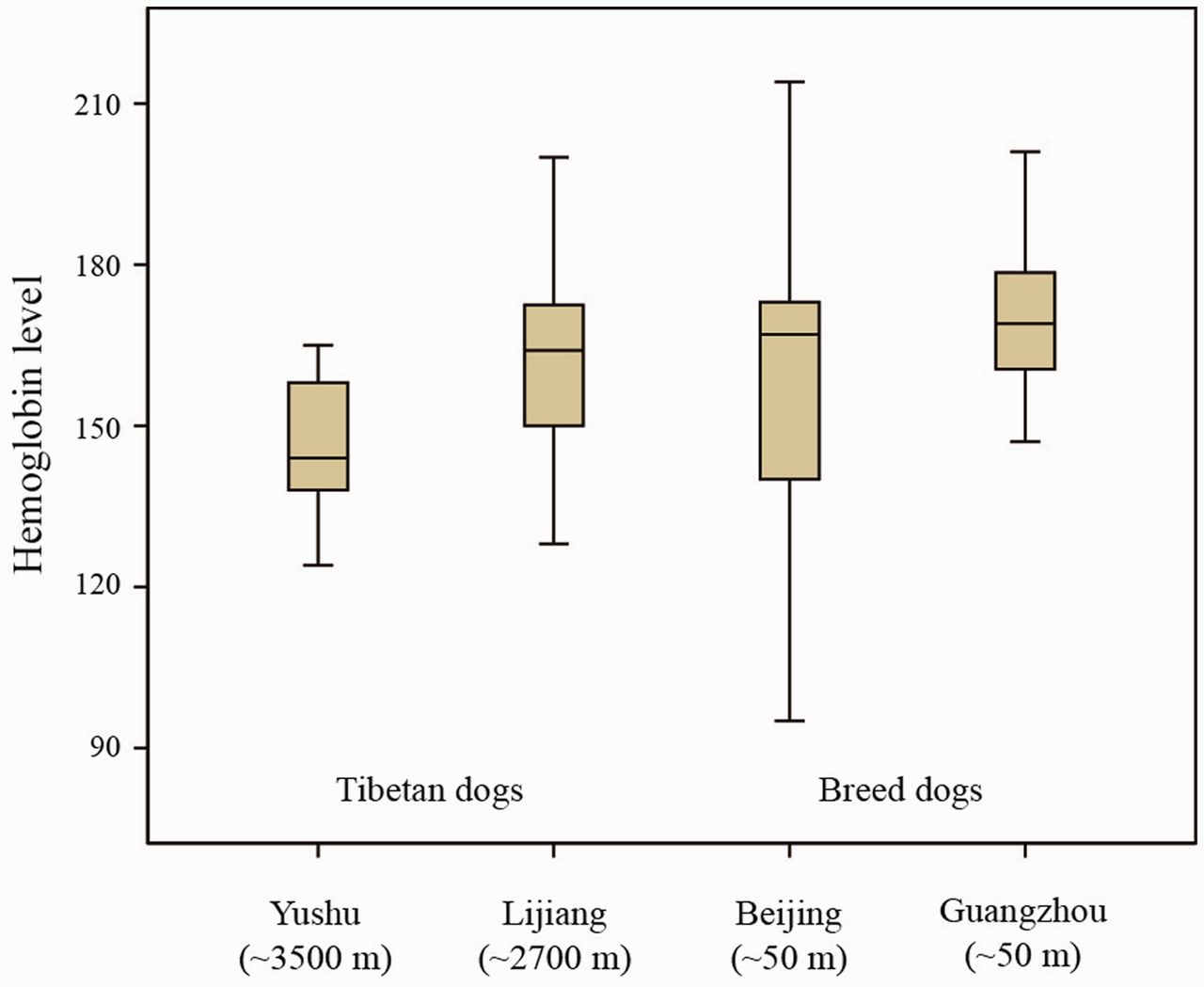 The high-altitude hypoxic environment represents one of the most extreme challenges for mammals. Previous studies of humans on the Tibetan plateau and in the Andes Mountains have identified statistical signatures of selection in different sets of loci. Here, we first measured the hemoglobin levels ...
The high-altitude hypoxic environment represents one of the most extreme challenges for mammals. Previous studies of humans on the Tibetan plateau and in the Andes Mountains have identified statistical signatures of selection in different sets of loci. Here, we first measured the hemoglobin levels ...
H B Rappaport andAngela M Oliverio
Genome Biology and Evolution, Volume 16, Issue 8, August 2024, evae160, https://doi.org/10.1093/gbe/evae160
From hydrothermal vents, to glaciers, to deserts, research in extreme environments has reshaped our understanding of how and where life can persist. Contained within the genomes of extremophilic organisms are the blueprints for a toolkit to tackle the multitude of challenges of survival in inhospitable environments.
Evolutionary Rate Shifts in Coding and Regulatory Regions Underpin Repeated Adaptation to Sulfidic Streams in Poeciliid Fishes
Rishi De-Kayne and others
Genome Biology and Evolution, Volume 16, Issue 5, May 2024, evae087, https://doi.org/10.1093/gbe/evae087
 Adaptation to extreme environments often involves the evolution of dramatic physiological changes. To better understand how organisms evolve these complex phenotypic changes, the repeatability and predictability of evolution, and possible constraints on adapting to an extreme environment, it is ...
Adaptation to extreme environments often involves the evolution of dramatic physiological changes. To better understand how organisms evolve these complex phenotypic changes, the repeatability and predictability of evolution, and possible constraints on adapting to an extreme environment, it is ...
Shared Features Underlying Compact Genomes and Extreme Habitat Use in Chironomid Midges
Lucas A Nell and others
Genome Biology and Evolution, Volume 16, Issue 5, May 2024, evae086, https://doi.org/10.1093/gbe/evae086
 Nonbiting midges (family Chironomidae) are found throughout the world in a diverse array of aquatic and terrestrial habitats, can often tolerate harsh conditions such as hypoxia or desiccation, and have consistently compact genomes. Yet we know little about the shared molecular basis for these ...
Nonbiting midges (family Chironomidae) are found throughout the world in a diverse array of aquatic and terrestrial habitats, can often tolerate harsh conditions such as hypoxia or desiccation, and have consistently compact genomes. Yet we know little about the shared molecular basis for these ...
Highlight: Tardigrades and the Science of Extreme Survival
Casey McGrath
Genome Biology and Evolution, Volume 16, Issue 1, January 2024, evad234, https://doi.org/10.1093/gbe/evad234
 Tardigrades may be nature's ultimate survivors. While these tiny, nearly translucent animals are easily overlooked, they represent a diverse group that has successfully colonized freshwater, marine, and terrestrial environments on every continent, including Antarctica. Commonly known as “water ...
Tardigrades may be nature's ultimate survivors. While these tiny, nearly translucent animals are easily overlooked, they represent a diverse group that has successfully colonized freshwater, marine, and terrestrial environments on every continent, including Antarctica. Commonly known as “water ...
The Evolution of Temperature and Desiccation-Related Protein Families in Tardigrada Reveals a Complex Acquisition of Extremotolerance
James F Fleming and others
Genome Biology and Evolution, Volume 16, Issue 1, January 2024, evad217, https://doi.org/10.1093/gbe/evad217
 Tardigrada is an ecdysozoan lineage famed for its resilience. Tardigrades can tolerate high doses of radiation, low-oxygen environments, desiccation, and both high and low temperatures under a dormant state called “anhydrobiosis”, which is a reversible halt of metabolism upon almost complete ...
Tardigrada is an ecdysozoan lineage famed for its resilience. Tardigrades can tolerate high doses of radiation, low-oxygen environments, desiccation, and both high and low temperatures under a dormant state called “anhydrobiosis”, which is a reversible halt of metabolism upon almost complete ...
Population Genomics of Two Closely Related Anhydrobiotic Midges Reveals Differences in Adaptation to Extreme Desiccation
Nurislam M Shaikhutdinov and others
Genome Biology and Evolution, Volume 15, Issue 10, October 2023, evad169, https://doi.org/10.1093/gbe/evad169
 The sleeping chironomid Polypedilum vanderplanki is capable of anhydrobiosis, a striking example of adaptation to extreme desiccation. Tolerance to complete desiccation in this species is associated with emergence of multiple paralogs of protective genes. One of the gene families highly expressed ...
The sleeping chironomid Polypedilum vanderplanki is capable of anhydrobiosis, a striking example of adaptation to extreme desiccation. Tolerance to complete desiccation in this species is associated with emergence of multiple paralogs of protective genes. One of the gene families highly expressed ...
The Evolutionary Origins of Extreme Halophilic Archaeal Lineages
Yutian Feng and others
Genome Biology and Evolution, Volume 13, Issue 8, August 2021, evab166, https://doi.org/10.1093/gbe/evab166
 Interest and controversy surrounding the evolutionary origins of extremely halophilic Archaea has increased in recent years, due to the discovery and characterization of the Nanohaloarchaea and the Methanonatronarchaeia. Initial attempts in explaining the evolutionary placement of the two new ...
Interest and controversy surrounding the evolutionary origins of extremely halophilic Archaea has increased in recent years, due to the discovery and characterization of the Nanohaloarchaea and the Methanonatronarchaeia. Initial attempts in explaining the evolutionary placement of the two new ...
The Chromosome-Level Genome of Triplophysa dalaica (Cypriniformes: Cobitidae) Provides Insights into Its Survival in Extremely Alkaline Environment
Chuanjiang Zhou and others
Genome Biology and Evolution, Volume 13, Issue 8, August 2021, evab153, https://doi.org/10.1093/gbe/evab153
 Lake Dali Nur, located in Inner Mongolia, North China, is alkaline, with Triplophysa dalaica one of the three fish species that not only survive, but thrive, in the lake. To investigate the presence of molecular mutations potentially responsible for this adaptation, the whole-genome sequence of the ...
Lake Dali Nur, located in Inner Mongolia, North China, is alkaline, with Triplophysa dalaica one of the three fish species that not only survive, but thrive, in the lake. To investigate the presence of molecular mutations potentially responsible for this adaptation, the whole-genome sequence of the ...
Adaptation to Extreme Environments in an Admixed Human Population from the Atacama Desert
Lucas Vicuña and others
Genome Biology and Evolution, Volume 11, Issue 9, September 2019, Pages 2468–2479, https://doi.org/10.1093/gbe/evz172
 Inorganic arsenic (As) is a toxic xenobiotic and carcinogen associated with severe health conditions. The urban population from the Atacama Desert in northern Chile was exposed to extremely high As levels (up to 600 µg/l) in drinking water between 1958 and 1971, leading to increased incidence of ...
Inorganic arsenic (As) is a toxic xenobiotic and carcinogen associated with severe health conditions. The urban population from the Atacama Desert in northern Chile was exposed to extremely high As levels (up to 600 µg/l) in drinking water between 1958 and 1971, leading to increased incidence of ...
Genomic Architecture of the Two Cold-Adapted Genera Exiguobacterium and Psychrobacter: Evidence of Functional Reduction in the Exiguobacterium antarcticum B7 Genome
Larissa M Dias and others
Genome Biology and Evolution, Volume 10, Issue 3, March 2018, Pages 731–741, https://doi.org/10.1093/gbe/evy029
 Exiguobacterium and Psychrobacter are bacterial genera with several cold-adapted species. These extremophiles are commonly isolated from the same habitats in Earth’s cryosphere and have great ecological and biotechnological relevance. Thus, through comparative genomic analyses, it was possible to ...
Exiguobacterium and Psychrobacter are bacterial genera with several cold-adapted species. These extremophiles are commonly isolated from the same habitats in Earth’s cryosphere and have great ecological and biotechnological relevance. Thus, through comparative genomic analyses, it was possible to ...
Transcriptome Signatures of Selection, Drift, Introgression, and Gene Duplication in the Evolution of an Extremophile Endemic Plant
Angela K Hawkins and others
Genome Biology and Evolution, Volume 9, Issue 12, December 2017, Pages 3478–3494, https://doi.org/10.1093/gbe/evx259
 Plants on serpentine soils provide extreme examples of adaptation to environment, and thus offer excellent models for the study of evolution at the molecular and genomic level. Serpentine outcrops are derived from ultramafic rock and have extremely low levels of essential plant nutrients (e.g., N, ...
Plants on serpentine soils provide extreme examples of adaptation to environment, and thus offer excellent models for the study of evolution at the molecular and genomic level. Serpentine outcrops are derived from ultramafic rock and have extremely low levels of essential plant nutrients (e.g., N, ...
Comparative Metagenomic Analysis Reveals Mechanisms for Stress Response in Hypoliths from Extreme Hyperarid Deserts
Phuong Thi Le and others
Genome Biology and Evolution, Volume 8, Issue 9, September 2016, Pages 2737–2747, https://doi.org/10.1093/gbe/evw189
 Understanding microbial adaptation to environmental stressors is crucial for interpreting broader ecological patterns. In the most extreme hot and cold deserts, cryptic niche communities are thought to play key roles in ecosystem processes and represent excellent model systems for investigating ...
Understanding microbial adaptation to environmental stressors is crucial for interpreting broader ecological patterns. In the most extreme hot and cold deserts, cryptic niche communities are thought to play key roles in ecosystem processes and represent excellent model systems for investigating ...
Osmoadaptative Strategy and Its Molecular Signature in Obligately Halophilic Heterotrophic Protists
Tommy Harding and others
Genome Biology and Evolution, Volume 8, Issue 7, July 2016, Pages 2241–2258, https://doi.org/10.1093/gbe/evw152
 Halophilic microbes living in hypersaline environments must counteract the detrimental effects of low water activity and salt interference. Some halophilic prokaryotes equilibrate their intracellular osmotic strength with the extracellular milieu by importing inorganic solutes, mainly potassium. ...
Halophilic microbes living in hypersaline environments must counteract the detrimental effects of low water activity and salt interference. Some halophilic prokaryotes equilibrate their intracellular osmotic strength with the extracellular milieu by importing inorganic solutes, mainly potassium. ...
Extreme Features of the Galdieria sulphuraria Organellar Genomes: A Consequence of Polyextremophily?
Kanika Jain and others
Genome Biology and Evolution, Volume 7, Issue 1, January 2015, Pages 367–380, https://doi.org/10.1093/gbe/evu290
 Nuclear genome sequencing from extremophilic eukaryotes has revealed clues about the mechanisms of adaptation to extreme environments, but the functional consequences of extremophily on organellar genomes are unknown. To address this issue, we assembled the mitochondrial and plastid genomes from a ...
Nuclear genome sequencing from extremophilic eukaryotes has revealed clues about the mechanisms of adaptation to extreme environments, but the functional consequences of extremophily on organellar genomes are unknown. To address this issue, we assembled the mitochondrial and plastid genomes from a ...
Genetic Convergence in the Adaptation of Dogs and Humans to the High-Altitude Environment of the Tibetan Plateau
Guo-Dong Wang and others
Genome Biology and Evolution, Volume 6, Issue 8, August 2014, Pages 2122–2128, https://doi.org/10.1093/gbe/evu162
 The high-altitude hypoxic environment represents one of the most extreme challenges for mammals. Previous studies of humans on the Tibetan plateau and in the Andes Mountains have identified statistical signatures of selection in different sets of loci. Here, we first measured the hemoglobin levels ...
The high-altitude hypoxic environment represents one of the most extreme challenges for mammals. Previous studies of humans on the Tibetan plateau and in the Andes Mountains have identified statistical signatures of selection in different sets of loci. Here, we first measured the hemoglobin levels ...


